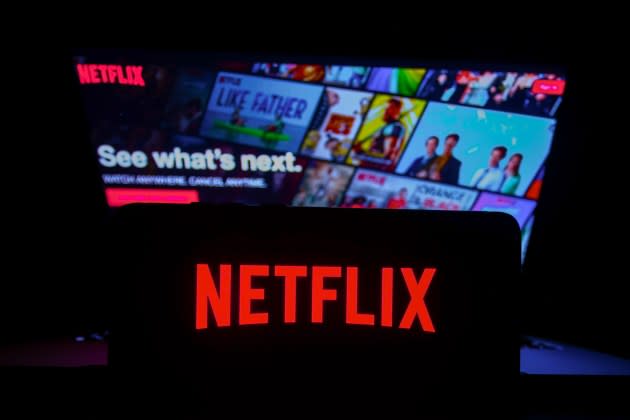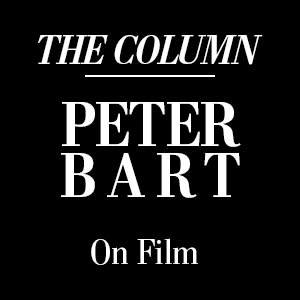Peter Bart: Dream Job? Netflix’s Next Picture Picker Faces Daunting Challenges As Streamer Confronts Tectonic Shifts
- Oops!Something went wrong.Please try again later.


“It was a dream job. Except it was the job from hell.”
That was the assessment of Michael Ovitz after he was anointed, then dis-anointed, as president of Disney in 1995. The “dream job” lasted barely over a year.
More from Deadline
Some insiders reflect on the Ovitz embarrassment in the context of the present decision at Netflix. Scott Stuber’s dream job as chief of film is vacant. Interviews with successors are underway. Some guess it will be an internal promotion; a few outsiders like Disney’s Sean Bailey are rumored to be candidates.
“Will it be an opportunity or a trap?” asks one Hollywood CEO, who, like other power players, is weighing the post-Stuber challenges. The Stuber gig allegedly pays between $15 million-$20 million a year and empowers green lights for as many as 40 films – less than half of Netflix’ 2021 output but still more than that of prolific MGM in Irving Thalberg’s prime.
But the job may be steeped in obstacles. “Stuber’s mandate was to invent a new assembly line, but his successor may find a radical shift in the Netflix focus,” comments one director who has worked for Netflix. “That change will disrupt the entire film marketplace.” Netflix corporate strategy will be affected by the impact of its new licensing deals as well as the results of its advertising tier.
For one thing, Stuber’s successor will report not to Ted Sarandos, the co-CEO, but to Bela Bajaria, the chief content officer whose background is television, not film.
Stuber’s entity achieved a sort of pop culture immortality by winning the streaming wars, creating quantity (90 films a year) while his successor is charged with creating “quality,” a term that defies definition. How does that put him (or her) in competition with entities like Apple and Amazon that hadn’t blossomed pre-Stuber but that demolished the stolid profit-and-loss equations of the established distribution giants?
All of which presents a more surreal issue: public perception. Inventing a new job, Stuber built the aura of a cautious executive, scrupulous in his presentation yet serving a mind-bending constituency of 260 million subscribers. He also managed to bring filmmakers like Alfonso Cuarón and Guillermo del Toro to Netflix – artists who like to make movies that enjoy a richer cultural life span.
As the product of Universal’s corporate culture, he was adept at managing a volatile competitive environment — such as that existing today. Companies like HBO that formerly abstained from licensing their product to Netflix are now doing so aggressively – it’s open season for Sex and the City or Friends or The Office. Or for feature films as well, with Netflix richly benefitting from its surge of licensed content.
Moffett-Nathanson, the research firm, noted last week that Netflix’s competitors “appear willing to feed the beast even though this strategy is making Netflix stronger.” Further, Netflix continues to reach into other potential arenas, hence the decision of WWE to license its flagship weekly pro wrestling show Raw to Netflix, adding to its growing sports content.
Will these burgeoning sectors of profitability influence Netflix to expand or reduce spending on movies?. Or to expand its advertising ties? Some analysts estimate that Netflix’s ad-supported revenue may reach $2.7 billion next year.
It’s an unnerving landscape, vaguely reminiscent of that faced years ago by Ovitz. He thought he knew the rules of the game, but the game was changing, with Ovitz suddenly on the sidelines.
Stuber will be an amused spectator. An avid, on the-set producer pre-Netflix days, he will likely be relieved to supervise a limited slate of films, most of which will be headed for theatrical windows rather than streamerville.
Best of Deadline
Hollywood & Media Deaths In 2024: Photo Gallery & Obituaries
Berlin Film Festival 2024: ‘Cuckoo’ & ‘La Cocina’ Premieres On Day 2
2024 Premiere Dates For New & Returning Series On Broadcast, Cable & Streaming
Sign up for Deadline's Newsletter. For the latest news, follow us on Facebook, Twitter, and Instagram.

